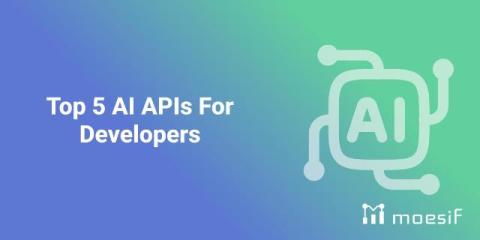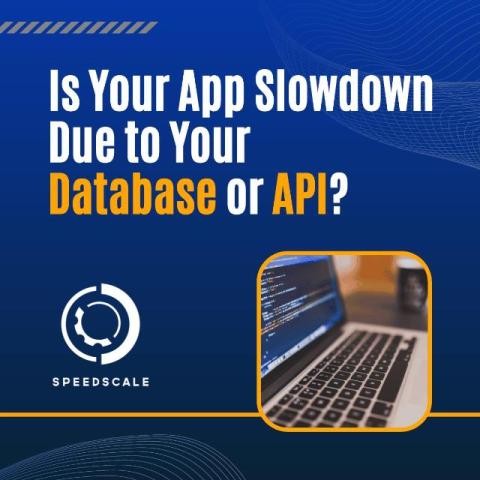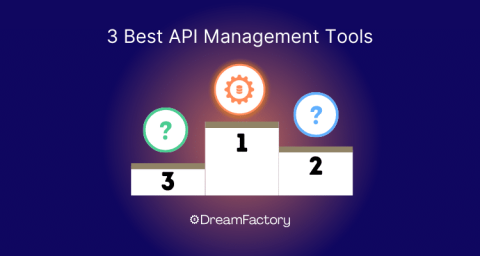Top 5 AI APIs For Developers
Artificial Intelligence (AI) technology has been transforming industries and our day-to-day lives alike. Its undeniable impact has led to significant effort and investment into making AI more accessible to everyone, everywhere. Open-source AI technology and AI APIs are two examples of our commitment to AI democratization. AI APIs democratize AI by providing access to pre-trained AI models, even for developers without extensive machine learning expertise.











